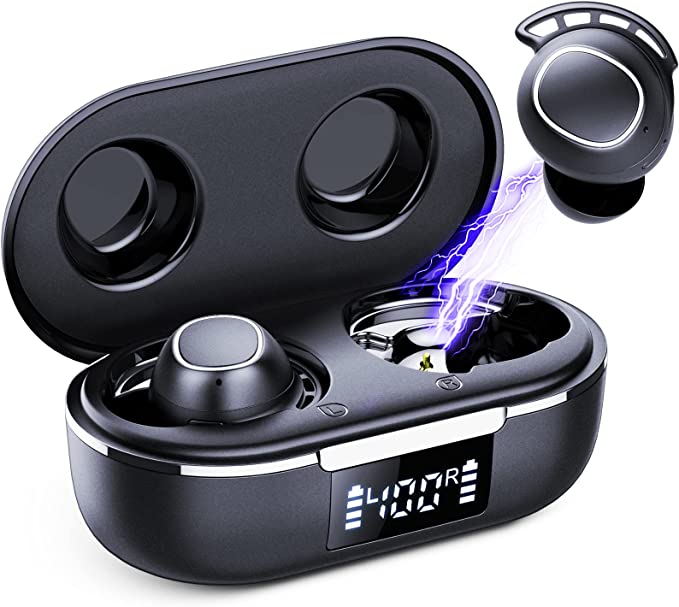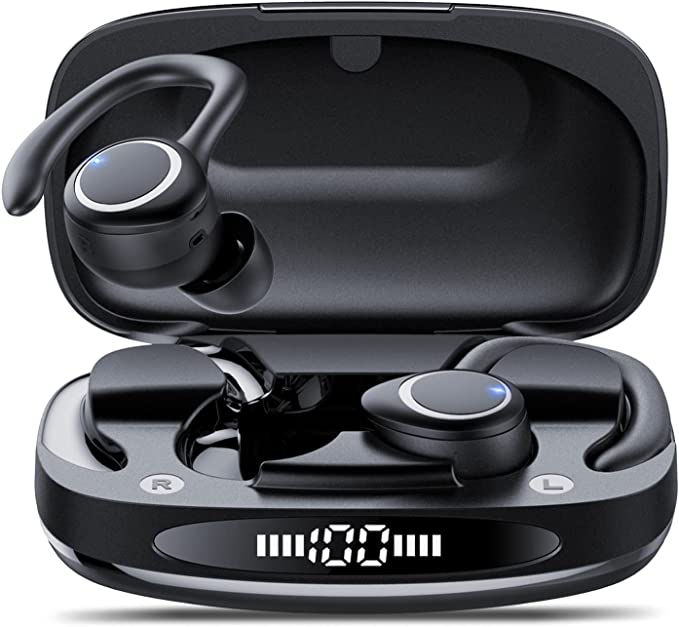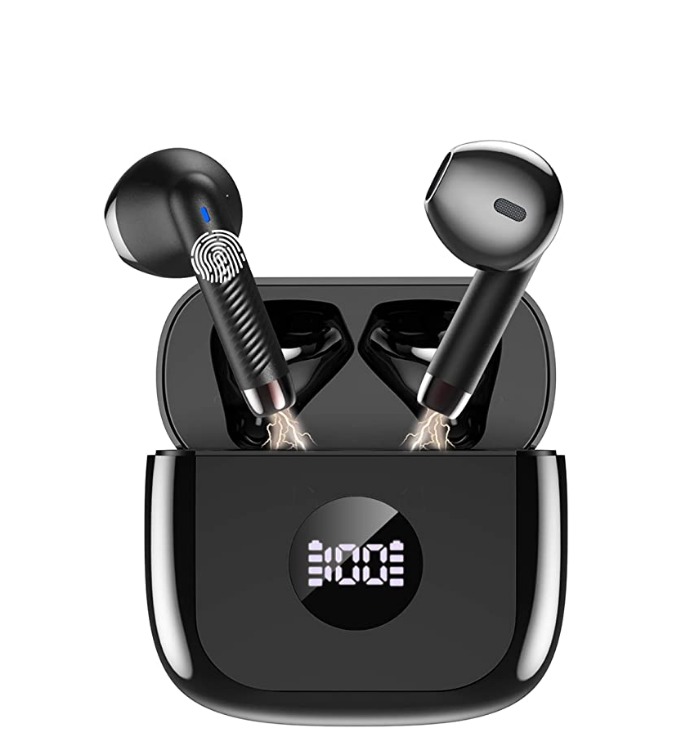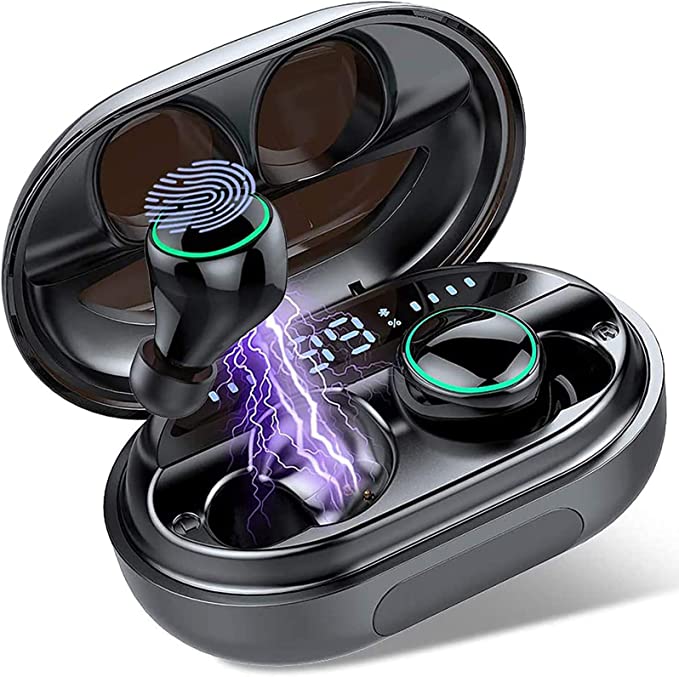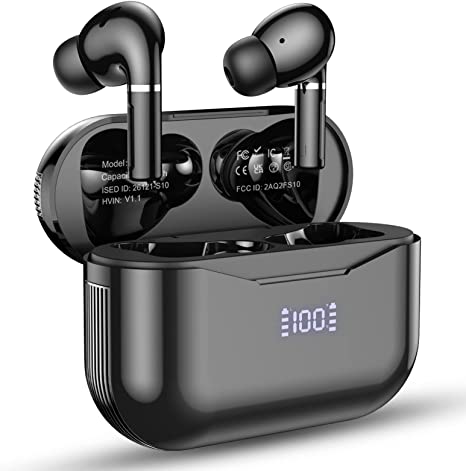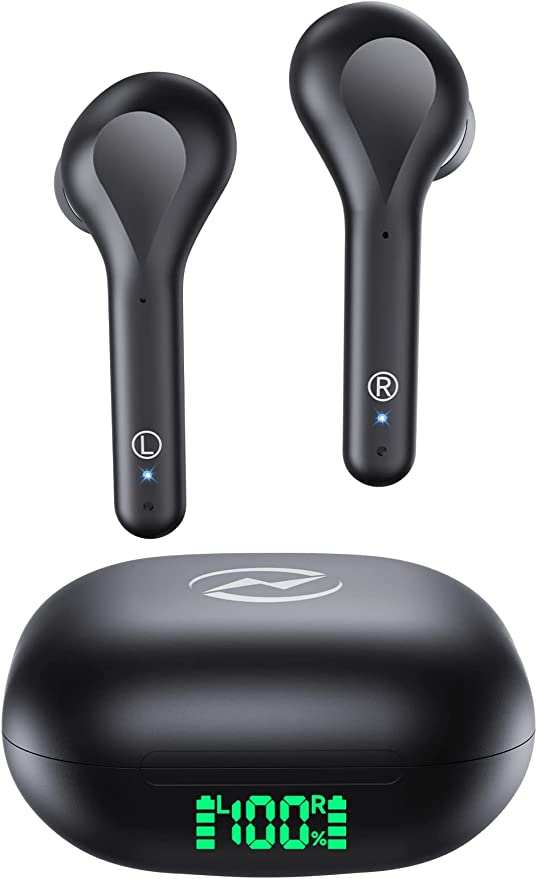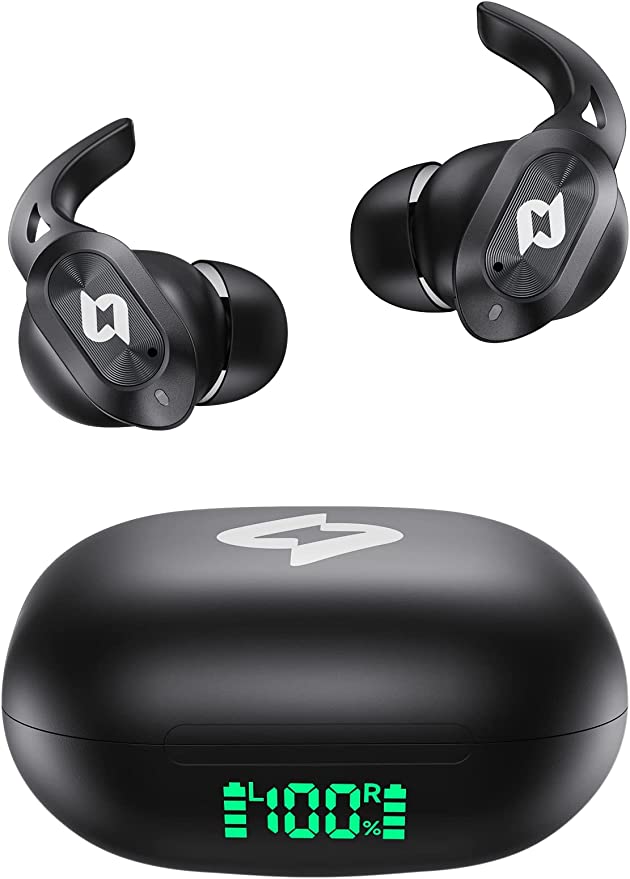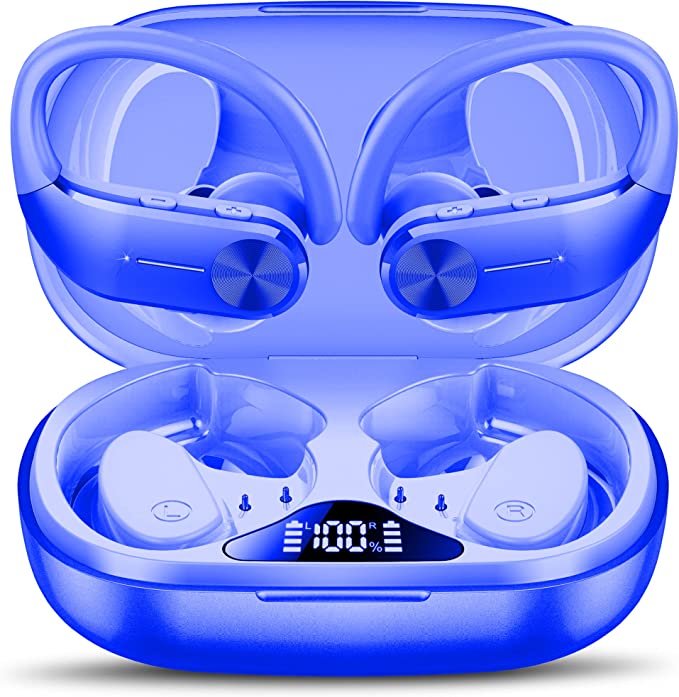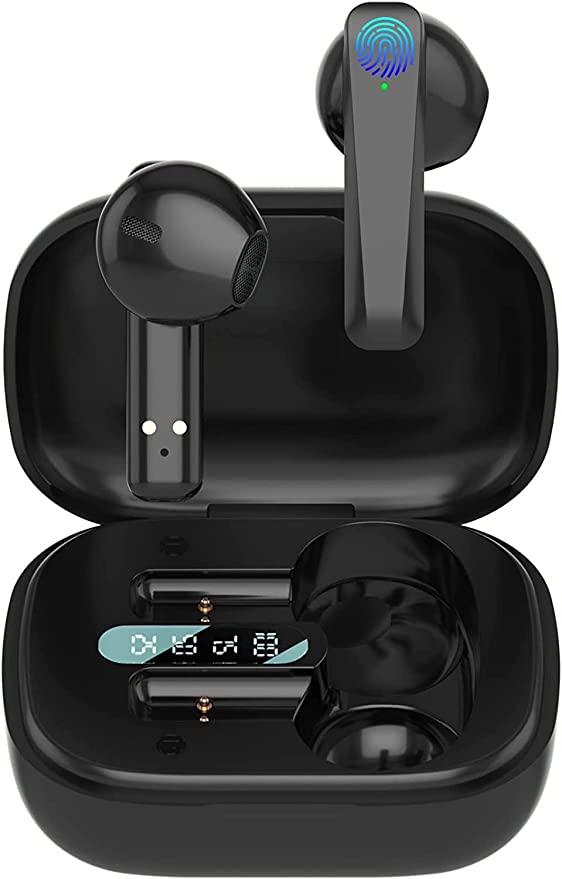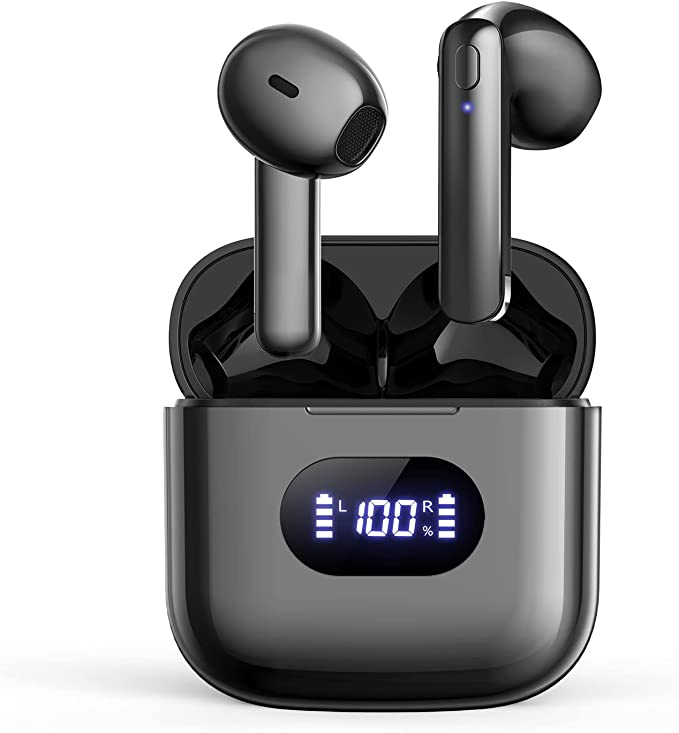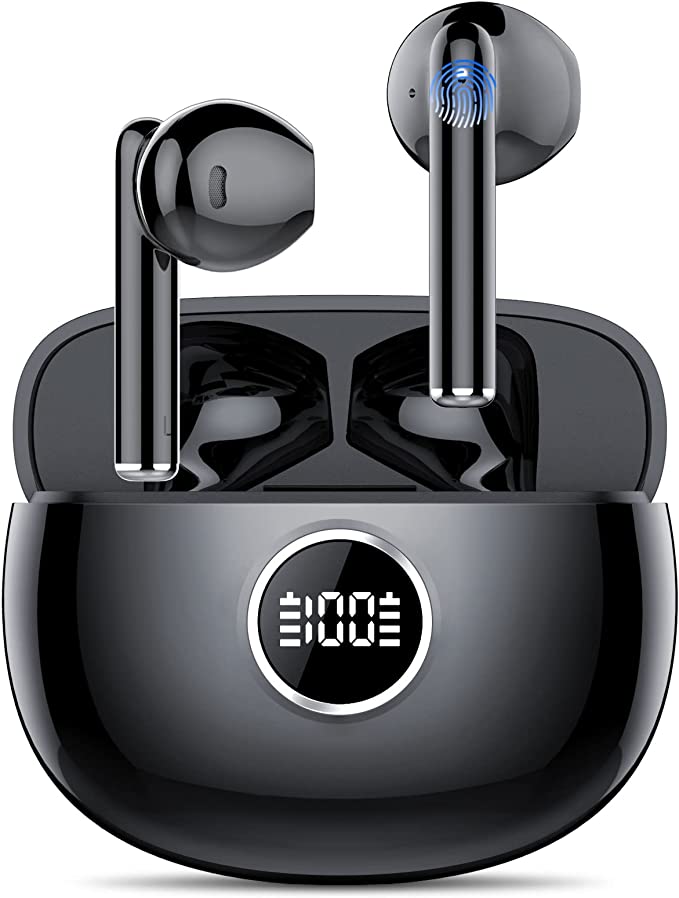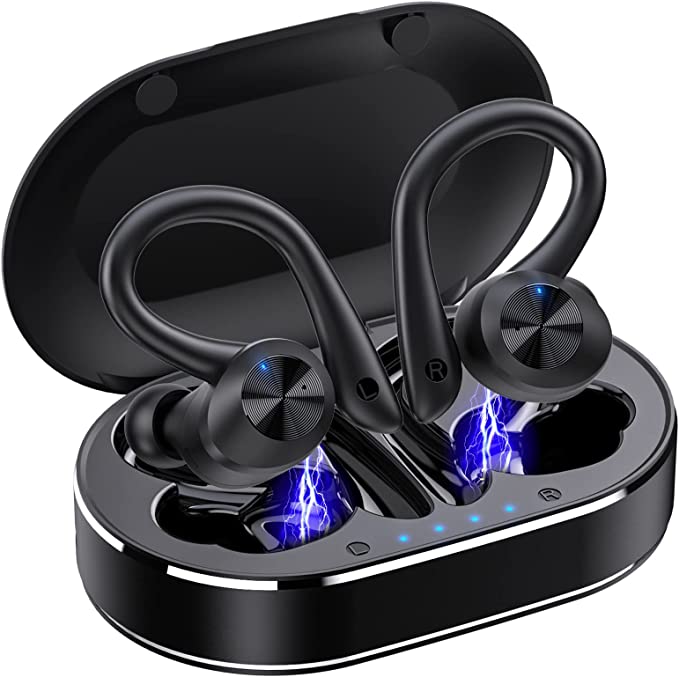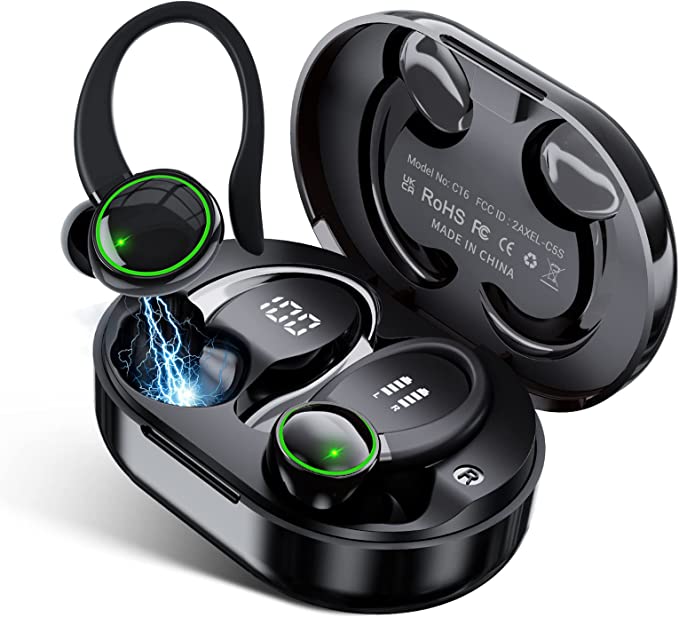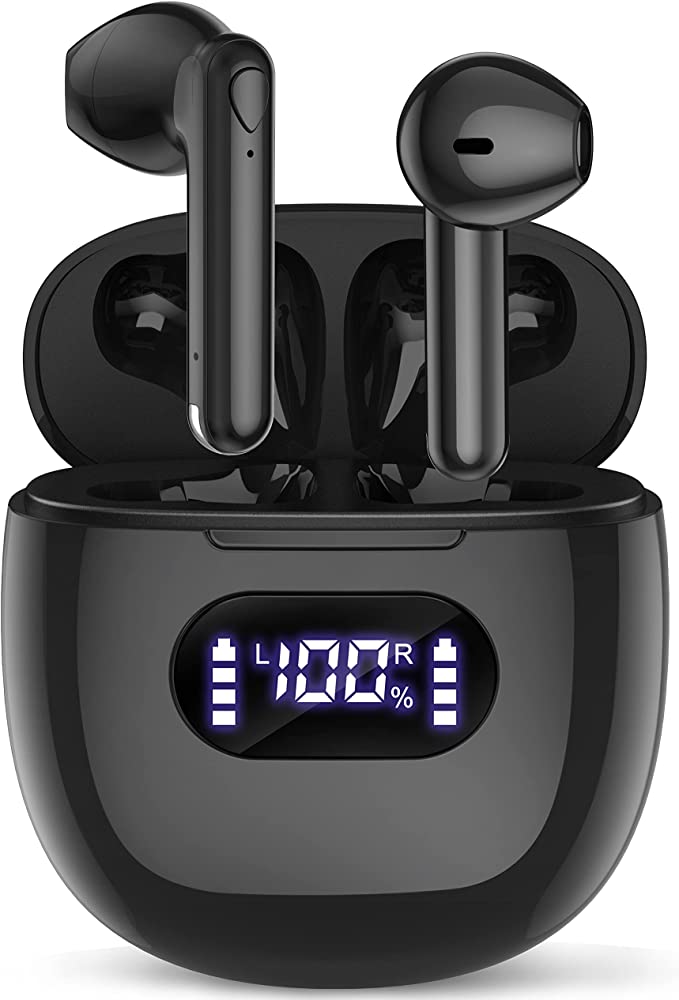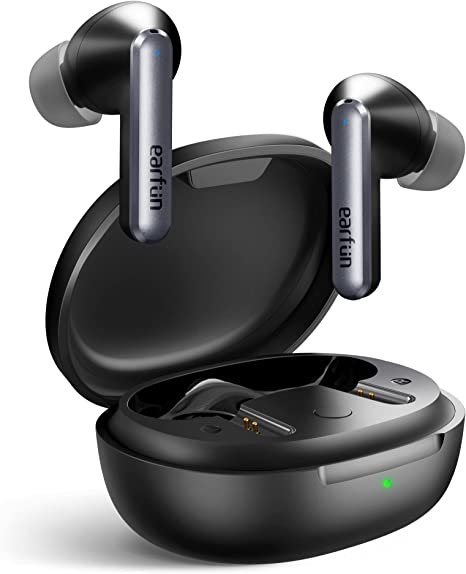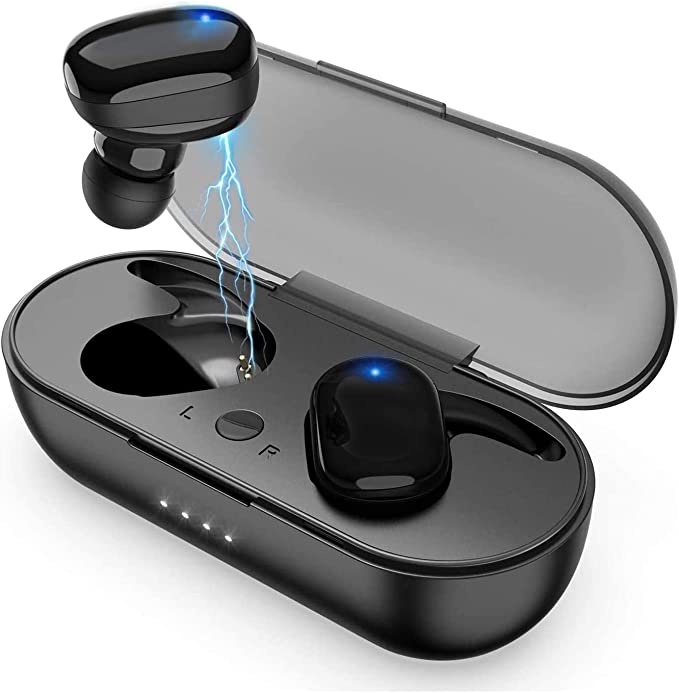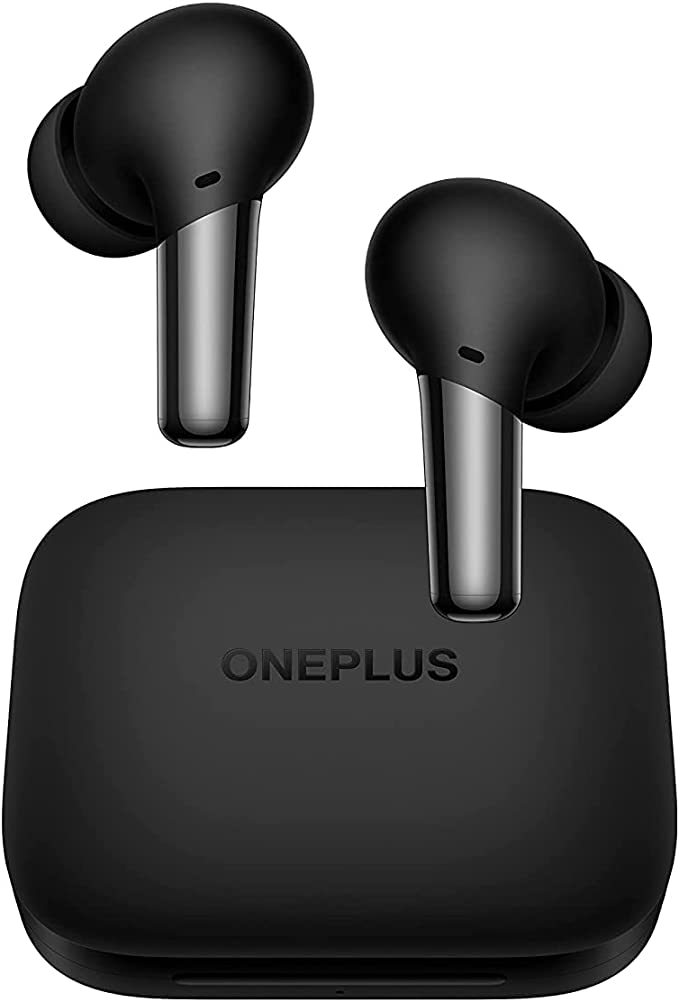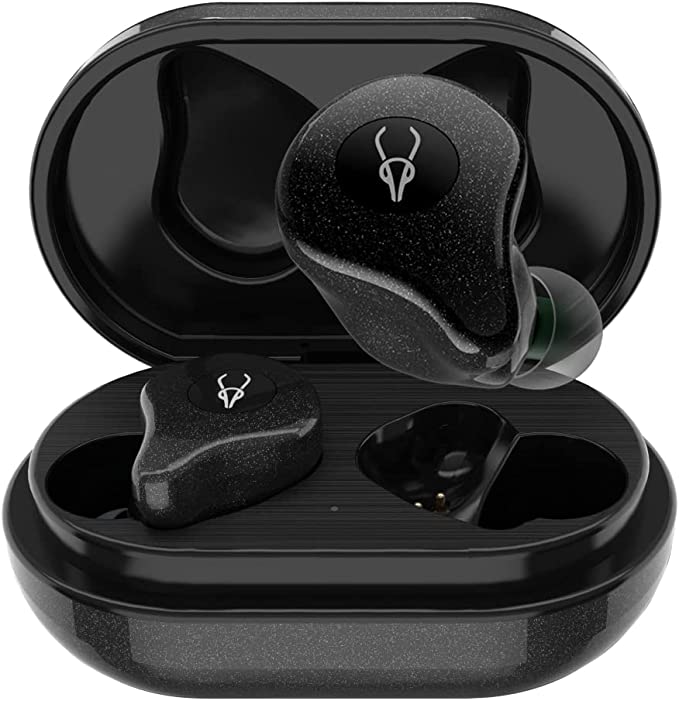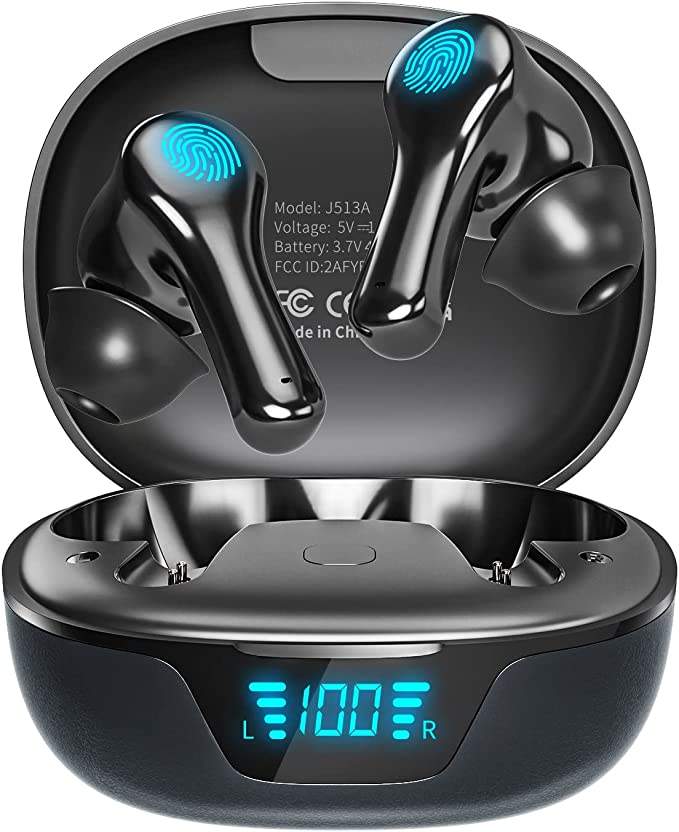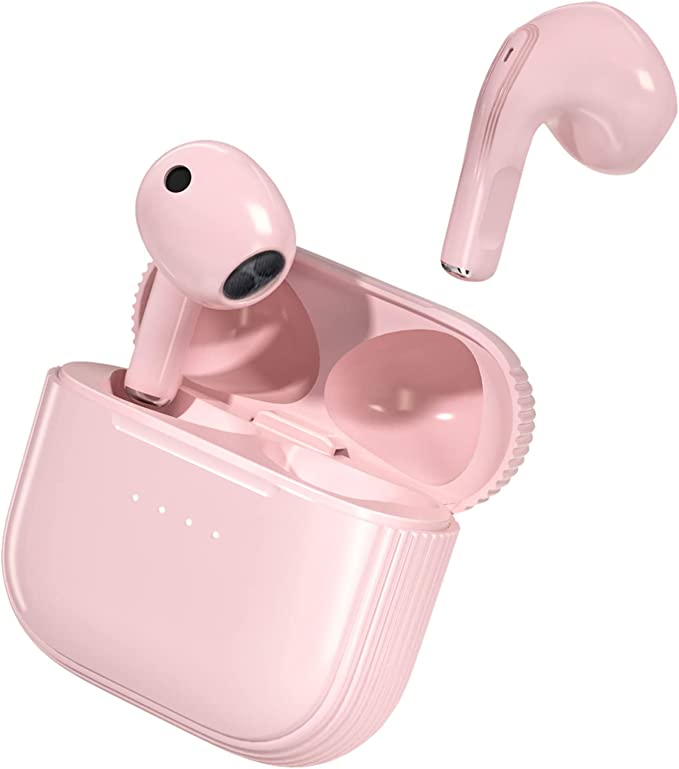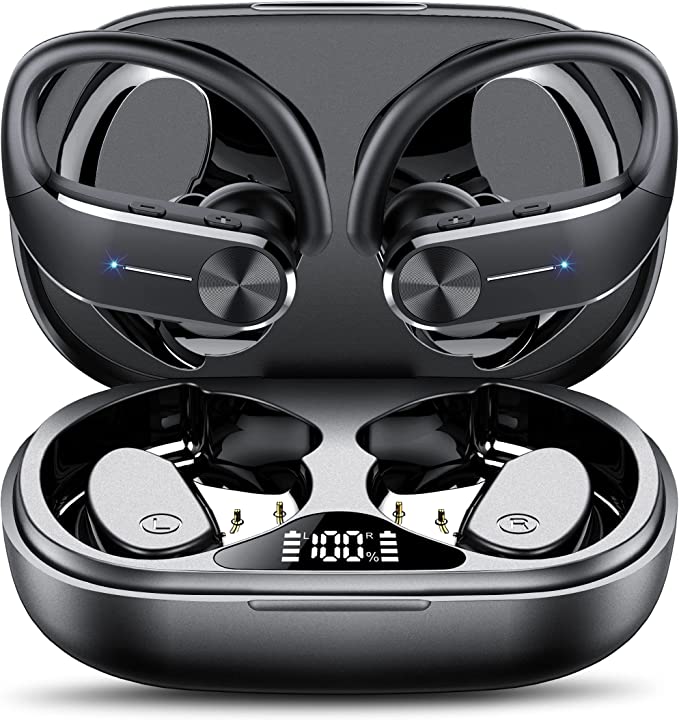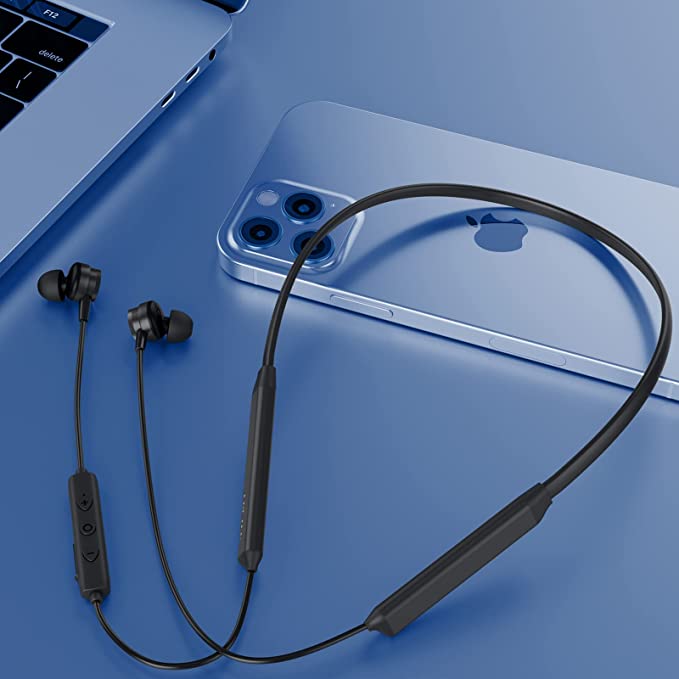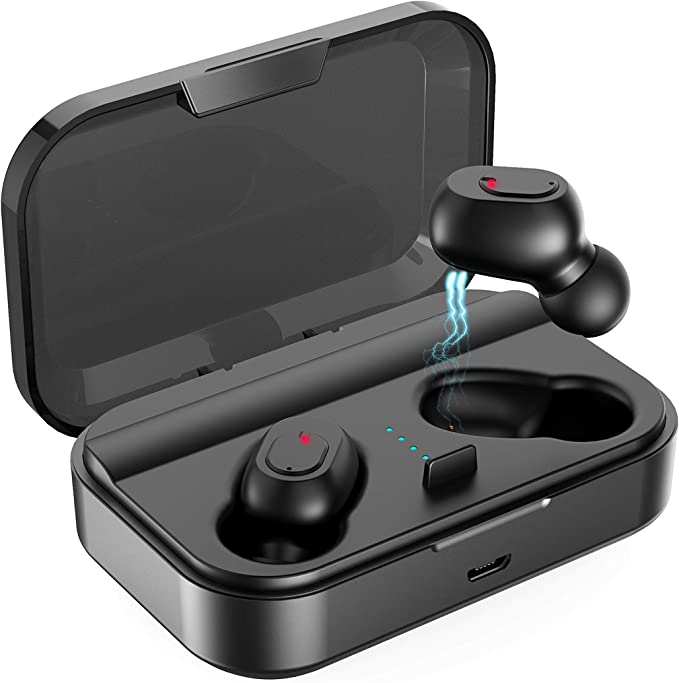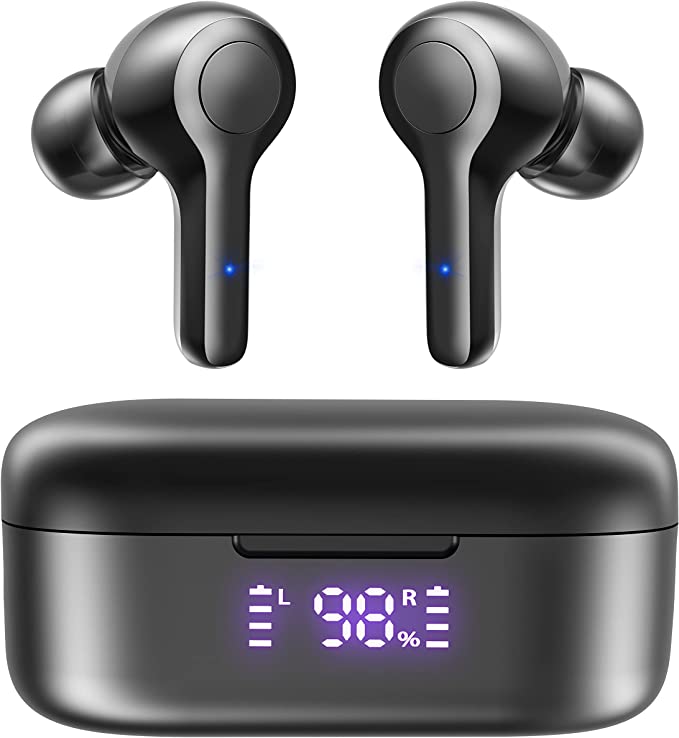Tribit BTH96 FlyBuds C2 Wireless Earbuds : Your New Wireless Earbud Companion
Update on June 30, 2025, 4:10 a.m.
Stand in a bustling cafe, a train station, or a lively family gathering. Amidst the cacophony of clattering dishes, rumbling engines, and overlapping chatter, focus on a single friend’s voice across the table. Your brain, with effortless grace, performs a daily miracle. It tunes into that one specific voice, filtering out the surrounding chaos as if turning down the volume on the rest of the world. This is the “cocktail party effect,” a stunning feat of selective auditory attention that neuroscientists are still working to fully understand.
For decades, engineers have chased this biological marvel, asking a simple yet profound question: can we teach a machine to do that? Can we build a device that isolates a human voice from a storm of noise? This quest is the hidden story behind every conference call you take and every pair of wireless earbuds you wear. And in the humble Tribit BTH96 FlyBuds C2, we find a fascinating case study of how this complex science has finally become accessible to all.

Carving a Voice from the Chaos
Imagine you’re on that critical work call, walking down a windy city street. The person on the other end isn’t just hearing you; they’re hearing the blare of a passing siren, the gust of wind whipping past your face, and the distant hum of traffic. For them, your voice is just one sound among many. The first and most difficult job of your earbuds is to act as a bouncer, letting your voice into the exclusive club of the conversation while keeping the noisy riff-raff out.
This is the domain of Qualcomm’s cVc 8.0 (Clear Voice Capture) technology, a name that belies the elegant physics at play. Think of the FlyBuds C2’s four microphones not as simple recorders, but as a team of highly trained acoustic surveyors. When you speak, the sound of your voice reaches each of these four points at infinitesimally different times. The QCC3040 chip inside—the brain of the operation—instantly calculates these tiny delays. Using this data, it performs a process called beamforming, creating a focused cone of sensitivity pointed directly at your mouth. It’s like a sonic spotlight.
Simultaneously, the system initiates an elegant act of acoustic cancellation. Based on the principles of wave interference in physics, the sound waves arriving from the sides (the noise) are identified. The processor then generates an exact “anti-noise” signal—a wave that is perfectly out of phase with the incoming noise. When these two waves meet, they cancel each other out, much like how the peak of one water ripple can be flattened by the trough of another.
What the person on the other end of the line receives is the product of this intricate process: a clean sculpture of your voice, meticulously chiseled from a raw block of chaotic environmental sound. This is what Tribit’s claim of reducing “90% of background noises” truly means—it’s not magic, but a masterful application of signal processing and physics.

Shipping a Masterpiece Without Breaking It
Once a clear signal has been captured, a new challenge arises: sending it wirelessly to your phone. The Bluetooth connection is like a narrow, busy highway. You can’t just send the raw, uncompressed audio file; it’s far too large. It needs to be packed down for transit. Standard compression methods, like the default SBC codec, are brutish—they get the job done by indiscriminately throwing away data, which can leave your music or voice sounding flat and lifeless.
This is where the Qualcomm® aptX™ audio codec steps in, acting less like a sledgehammer and more like an expert art handler. The genius of aptX lies in its use of perceptual audio coding, a technique rooted in the field of psychoacoustics. The algorithm is smart enough to know what parts of the sound the human ear is least likely to notice—certain ultra-high frequencies or sounds masked by louder ones. It intelligently discards this less perceptible data while preserving the crucial details that give music its texture and richness.
So, while aptX is still a form of compression, it’s an incredibly intelligent one. It preserves the integrity of the audio, delivering a fuller, more dynamic sound that comes remarkably close to CD quality. It ensures that the carefully sculpted voice or the intricate notes of a jazz solo arrive at their destination intact.

An Earbud Designed for the Ear, Not Just the Sound
For all the invisible science happening inside, an earbud’s most immediate test is physical: how does it feel? The market is saturated with earbuds that use silicone tips to seal the ear canal, excellent for blocking outside noise but often creating an uncomfortable, pressurized sensation known as the occlusion effect. This blockage can amplify the sound of your own chewing, breathing, and even your heartbeat, a disorienting experience for many.
The FlyBuds C2 consciously sidesteps this trend with its semi-in-ear form factor. It rests gently in the outer ear instead of plugging the canal. This design is a deliberate choice for long-term comfort, a fact echoed by users who praise them for hours-long meetings. It liberates the ear canal, preventing pressure buildup and allowing for a degree of situational awareness. You can hear your own voice naturally during a call, and you’re not completely cut off from the world around you—a crucial safety feature for urban commuters.
This is a fundamental design trade-off. By remaining “open,” the C2 inherently sacrifices the deep, rumbling bass and passive noise isolation that a sealed design provides. This isn’t a flaw, but a law of acoustics. It’s an honest choice that prioritizes all-day comfort and call clarity over immersive, isolating music sessions.

The Symphony of Accessible Clarity
None of these technologies work in a vacuum. The silent hero is the Qualcomm QCC3040 chip, the conductor of this tiny orchestra. It’s the central hub that efficiently manages the complex calculations for cVc, encodes the audio with aptX, and maintains a stable, low-energy connection via Bluetooth 5.2, all while sipping power to deliver its impressive 8-hour battery life.

In the Tribit FlyBuds C2, these elements come together to create more than just a product. They form a complete, integrated system designed to solve one of the oldest challenges in communication. It’s a testament to how far technology has come, moving from the exclusive labs of telecommunication giants to an affordable device you can hold in the palm of your hand. The true marvel, then, is not just the clever engineering, but the democratization of clarity itself—the simple, powerful ability to cut through the noise and ensure your voice is always heard.


